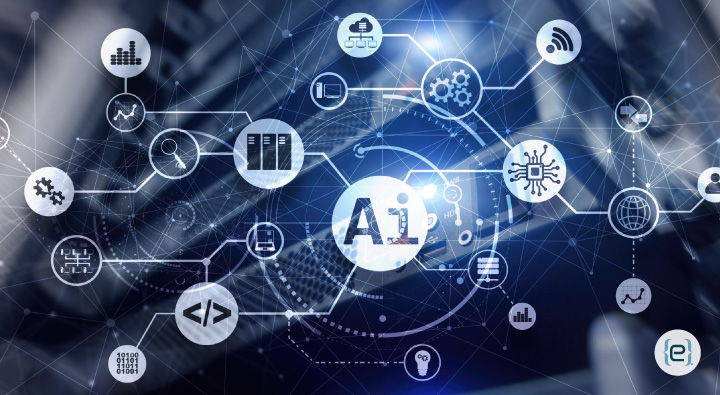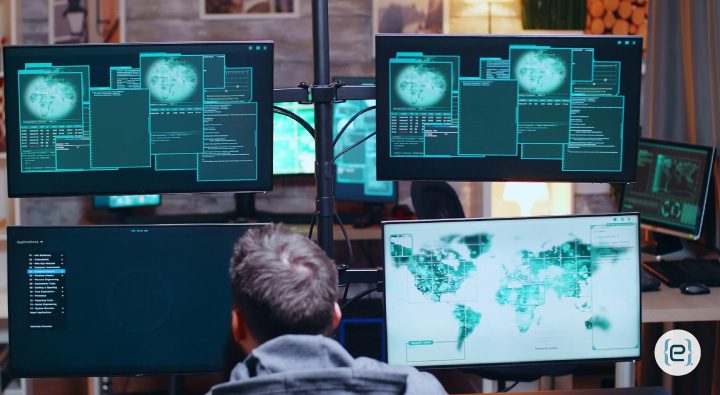AI is facilitating modern policing towards Efficiency & Public Safety by evolving law enforcement. Consequently, this turns fosters public safety to lead towards better service delivery. This holds for police and law enforcement agencies, too from predictive analytics to automated surveillance. AI is helping them anticipate criminal activities before they happen. While ensuring that their operations are as efficient with human staff time as animals similarly. However, with all that potential comes massive privacy/ethical/accountability queries given this is about AI.
Applications of AI in Policing
- Predictive Policing: Once identified, the police departments can figure out particularly those hotspots where they should allocate resources and intervene BEFORE it happens. For example, AI models could discern learned patterns (e.g., thefts in neighbourhoods at certain times of day). Then, point this spot to patrol officers that bring the most directed patrolling regime there.
- Surveillance (Automated) & Facial Recognition: Real-time surveillance Video feeds along criminal databases. Machine-aided facial recognition systems. This technology will work in crowded places such as airports, stadiums, and public events to identify people. E.g.: At large public events, facial recognition can identify those who are on the run.
- Automated License Plate Reader (ALPR): Police cars and stationary cameras can automatically scan license plates, which are then queried against lists of stolen vehicles or warrants using AI-based ALPR systems. This can save officers time as they no longer have to read every plate manually. It keeps things ticking along nicely in terms of operational efficiency. E.g.: For instance, the Highways or Parking Lots notify Patrol Officers if the IMS server identifies any stolen vehicle.
- NLP for Threat Detection Natural Language Processing: AIOps with NLP helps identify violent planning, terroristic activities, or simply signs of mass attacks in text data like social media posts for email messages made for organized crime. This in turn will enable law enforcement to take pre-emptive action before crimes. Example: AI algorithms can detect harmful content and unusual online behavior. And, from the available data, enable authorities to take necessary actions.
- Help in the Investigating of a Crime: Tools powered by AI, for example in the analysis of large amounts of data used in criminal investigations such as forensic evidence or digital footprints and communication records. AI has the potential to identify patterns and linkages that might be overlooked by humans, speeding up investigations. Example: In a cybercrime investigation, AI can search through terabytes of data and find several accounts for illicit activities.

How AI is Useful in Policing
- Efficient and Optimised use of Resources: AI Managed services can automate many tasks that would otherwise require a large manpower like surveillance monitoring or data analysis. The feature helps police departments to use their resources more efficiently and focus on higher-priority efforts.
- Faster Response Times: Artificial intelligence (AI) surveillance and monitoring systems provide real-time alerts, giving police the ability to respond faster when a crime happens or limit damages.
- Data-Driven Decision Making: Insights from AI tools can help improve decision-making, such as by identifying trends in criminal behavior and predicting staff requirements of significant events.
- Improved Public Safety: Yet the benefits of proactive policing — such as the ability to prevent crime through early identification and having officers deployed more effectively truly allow AI models to flourish. By doing this, creating better relationships between law enforcement agencies and their communities improves safety.
Struggles & Ethical Issues
- Privacy and Surveillance Challenges: AI-driven facial recognition must be used only in a capacity where it is not seen as privacy-invading. All these taken together produce a feeling of an almost ever-present police state.
Solution: Transparent and fair rules about surveillance technology that balance the security against each other are essential.
- Bias and Discrimination: Bias, is how an improperly trained AI model that uses biased data can perpetuate those biases; resulting in the over-policing of certain communities or populations. For example, predictive policing systems could lead to even heavier surveillance. Or even sting operations in areas that were already significantly shriveled and/or over-policed due to the data before. Resolution: AI devices require routine audits and bias/fairness calibrations
- Law and Ethics Accountability: certain AI decisions can lead to the dark. It becomes challenging if someone tries to blame for instance False Arrests. I believe AI or other technology should be a supplement to human judgment in the hands of law enforcement agencies. Solution: AI is facilitating modern policing so when Artificial intelligence evolves ethically it should include transparent processes and human oversight.







